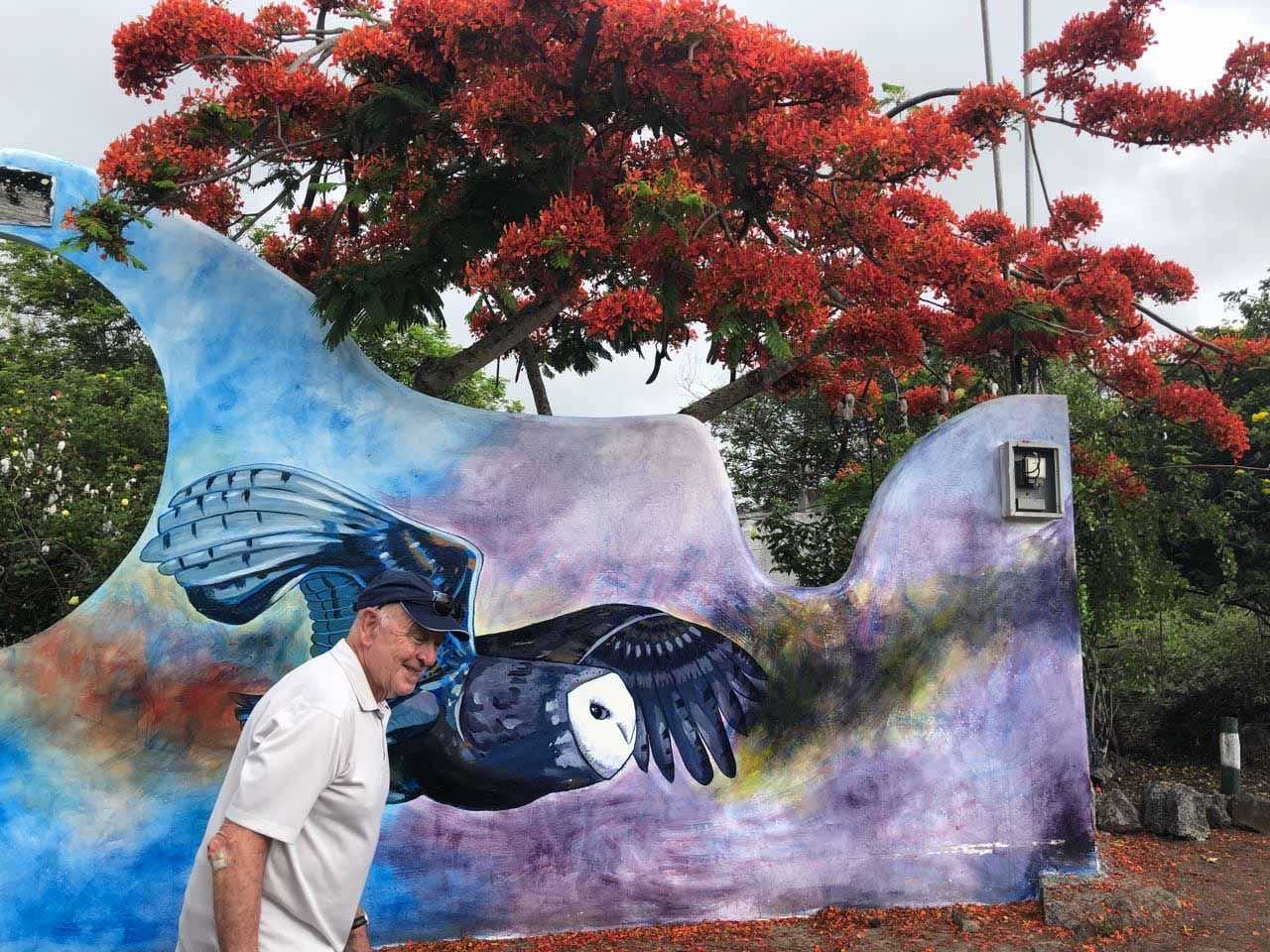Today we are going to visit Puerto Ayora which is located at the south part of Santa Cruz Island and it seems that no one onboard the National Geographic Islander is ready to return to civilization. But today the expedition team has prepared a different point of view of what it means to be part of the Galapagos community. During our visit to the National Park and Charles Darwin Research Station we learned that not just scientists and politics work for conservation, it’s a team effort, from kids to the older habitants of the island. Each one of the visits on the Galapagos Islands have something special, and Santa Cruz is no exception. Wild Giant tortoises at el Rancho Manzanillo is the highlight of the day. This experience allowed us to have an idea of how Puerto Ayora kids have grown in a healthy and safe place in contact with nature.
- Daily Expedition Reports
- 09 Feb 2018
Puerto Ayora Santa Cruz, 2/9/2018, National Geographic Islander
- Aboard the National Geographic Islander
- Galápagos
Ixora Berdonces, Naturalist
Ixora was born in the Galapagos Islands, back when the streets were made of sand and gravel. Void of TV and tablets, her childhood friends and pristine natural surroundings made for an inspiring upbringing. She was always drawn to the ocean and her l...
Read MoreShare Report
Related Reports
11/23/2022
Read
National Geographic Islander II
Isabela and Fernandina
Our day began with the chance to point out a lot of interesting geological features as we enjoyed Zodiac tours along a massive flank of Ecuador Volcano on Punta Vicente Roca. In the afternoon, we took a sunny walk on Punta Espinoza on Fernandina Island. We spotted many iguanas, and a bunch of sea lions hanging around, too.
11/22/2022
Read
National Geographic Islander II
North Seymour & Rabida Islands
Relatively small and low compared to neighboring Santa Cruz, North Seymour is located to the north of Baltra. The island is dry with predominantly low shrubs, like prickly pear cacti. The incense trees are bare during the dry season. Seabirds like frigatebirds and blue-footed boobies nest on the island, and sea lions rest on the sand when they are not fishing. Land and marine iguanas also live here. Rabida is in the middle of the archipelago and has a striking red sand beach. We observed a small colony of sea lions of all ages resting or nursing. Behind the beach, American flamingos nest in a brackish lagoon. This island is full of contrasts and wildlife that we enjoyed observing during this day of expedition.







